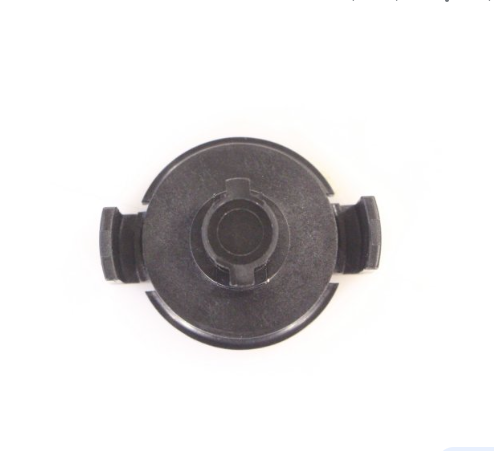oil seal 29x44x7
Understanding Oil Seals The 29x44x7 Specification
Oil seals play a crucial role in a wide variety of mechanical systems, acting as barriers that prevent the leakage of fluids, particularly lubricants, while minimizing the intrusion of contaminants. Among the different types of oil seals available on the market, the 29x44x7 oil seal is quite common, particularly in automotive and industrial applications. In this article, we will delve into the specifications, materials, applications, and maintenance considerations for oil seals, focusing specifically on the 29x44x7 variant.
What Does 29x44x7 Mean?
The numbers in the specification of the oil seal refer to its dimensions in millimeters. The first number, 29, represents the inner diameter of the seal. The second number, 44, signifies the outer diameter, and the last number, 7, indicates the width (thickness) of the seal. Therefore, a 29x44x7 oil seal has an inner diameter of 29 mm, an outer diameter of 44 mm, and a thickness of 7 mm. Understanding these measurements is essential for selecting the appropriate seal that fits snugly in the designated application.
Materials Used in Oil Seals
Oil seals are typically made from elastomers, which are materials characterized by their flexibility and resilience. Common materials used in manufacturing oil seals include nitrile rubber (NBR), fluoroelastomer (FKM), and polyacrylate rubber (ACM).
- Nitrile rubber (NBR) is widely used because it offers excellent resistance to petroleum-based oils, fuels, and water. It performs well in temperatures ranging from -40°C to +100°C, making it suitable for a variety of applications. - Fluoroelastomers (FKM) are used in high-temperature applications where resistance to aggressive chemicals is needed. These materials can withstand temperatures up to 200°C, making them ideal for automotive and industrial environments. - Polyacrylate rubber (ACM) provides excellent thermal stability and can function effectively in temperatures up to 150°C. It's particularly useful for applications involving high friction and temperatures.
oil seal 29x44x7

Applications of 29x44x7 Oil Seals
The 29x44x7 oil seal is commonly used in various applications within automotive and industrial machinery. In automotive contexts, they can be found in engines, gearboxes, steering systems, and differentials. In industrial applications, these seals can be used in pumps, motors, and hydraulic systems. Their primary function is to retain lubricants within these systems, thereby ensuring lubrication efficiency and prolonging the life of machinery by preventing external contaminants from entering.
Maintenance Considerations
To ensure optimal performance of oil seals like the 29x44x7, it's critical to perform routine inspections. Regularly checking for signs of wear, cracking, or deformation can prevent failures that may lead to fluid leaks and subsequent machinery breakdown. It is also essential to ensure that fittings and surfaces are clean before installing new seals, as dirt and debris can compromise the seal's effectiveness.
When replacing oil seals, ensure compatibility with the specific application. Factors such as temperature, fluid type, and pressure conditions must be considered to choose the appropriate seal material and design. Proper installation is equally crucial; incorrect installation can lead to premature seal failure.
Conclusion
Oil seals, especially the 29x44x7 specification, are vital components in maintaining the efficiency and longevity of mechanical systems. Understanding their dimensions, materials, applications, and maintenance needs can help engineers and technicians make informed decisions about their use. Whether in an automotive or industrial setting, ensuring the proper function of these seals protects equipment, enhances performance, and ultimately leads to cost savings in the long term.
-
Understanding the Front Main Engine Seal: Purpose, Maintenance, and Installation
News Jul.29,2025
-
Understanding O-Rings and Seal Rings: Types, Applications, and Custom Solutions
News Jul.29,2025
-
Understanding Crankshaft Oil Seals: Rear Seals, Pulley Seals, and Their Role in Engine Integrity
News Jul.29,2025
-
The Importance of Front and Rear Crankshaft Seals in Engine Performance and Oil Management
News Jul.29,2025
-
Crank Oil Seals: Functions, Types, and Cost Considerations in Engine Maintenance
News Jul.29,2025
-
A Comprehensive Guide to O-Rings and Seals: Types, Materials, and Global Applications
News Jul.29,2025
-
Mastering Diesel and Performance Engine Maintenance: A Guide to Critical Oil Gaskets
News Jul.28,2025
Products categories















